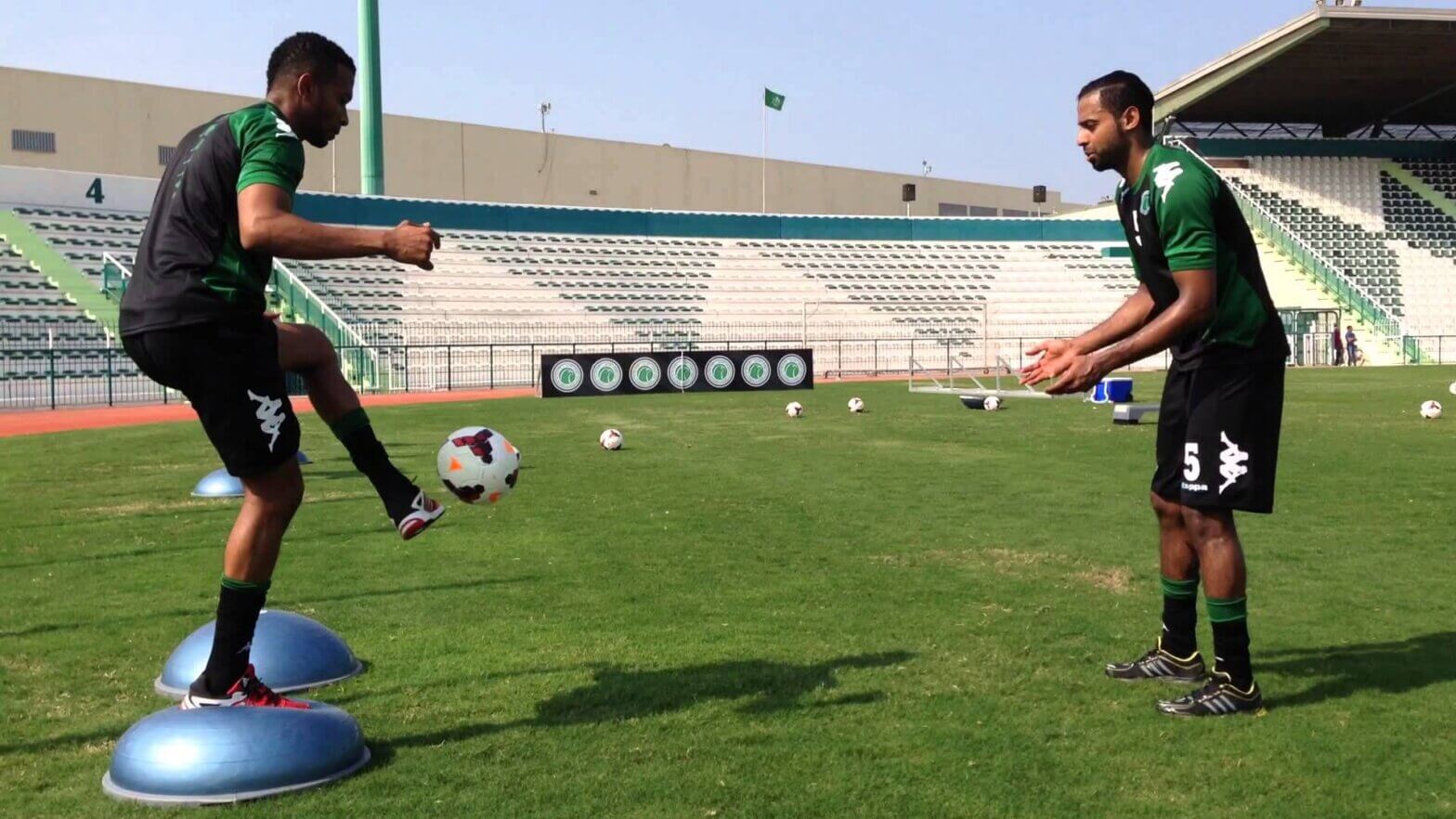In those without any neck pathology, the cervical spine should move freely to end range flexion, extension, sidebending, and rotation without pain. For many, these motions can be painful; indicating the presence of some underlying issue that typically is musculoskeletal in origin. This type of condition can make it difficult to look for traffic when driving, to look up when reaching overhead, or simply going about your day-to-day activities.
Strengthening Around The Cervical Spine
Similar to how low back pain is commonly addressed with core strengthening, neck pain can also be addressed with strengthening exercises. Many of the large muscles of the neck help to facilitate large and more powerful movements. Weakness of these muscles can occur, but this is less likely than weakness or activation difficulties more commonly observed in a group of muscles known as the deep neck flexors.
The deep neck flexors are located anteriorly (in front of) the cervical vertebrae. They consist of four muscles that span the cervical spine and work to flex and stabilize the cervical spine. They help to balance out the force that is generated by the extensors on the back of the neck to maintain proper posture. If the deep neck flexors become weak or are not engaged, forward head posture and pain can develop.
Treatment of Neck Pain
Physical therapy is often the first course of action when pursuing treatment of neck pain. A physical therapist will assess your motion and may perform special testing to rule out any other possible causes. Typically, treatment of neck pain will involve a manual therapy component. This hands-on treatment is often used to improve mobility deficits in the cervical spine and to address muscular tightness that can contribute to pain. A variety of stretches can also be used, depending on an individual’s presentation, to further address tightness and maintain flexibility improvements. Postural exercises and deep neck flexor strengthening is also utilized to improve stability of the cervical spine and minimize any postural contributions to tightness or pain in the neck. This stability training can then be integrated into motions performed during activities of daily living to restore one’s ability to move freely without pain.
Neck pain can occur due to a wide variety of reasons. Regardless of the cause, physical therapy is often effective in providing relief or managing pain. If you suffer from neck pain that impacts your ability to engage in recreational activities or activities of daily living, physical therapy may be a solution. Call Respire Physical Therapy today at 703-671-1871 or click here to schedule an evaluation with a Physical Therapist today to get back to the activities you love! 
Tags: pt education, neck pain, cervical radiculopathy, choosept, arlingtonva, alexandriava, fallschurchva, Physical Therapy, ptworks, Respire Physical Therapy, cervical neck pain, physical therapist



